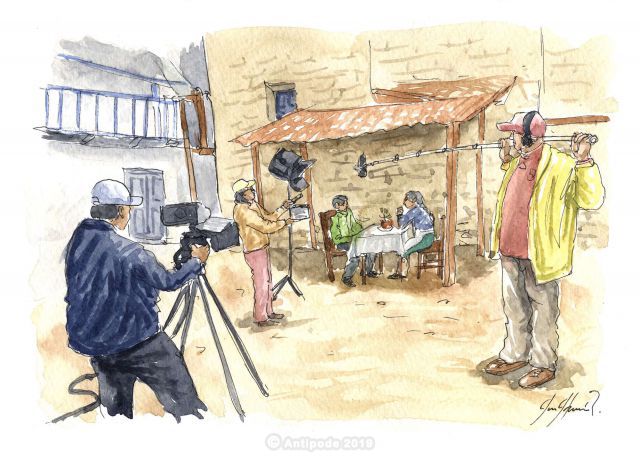

Peruvian cinema
The Peruvian cinema has been marked for a long time by the influence – and the affluence – of North-American cinema, especially Mexican cinema, and that’s why Peru was rather slow to offer original works. The only masterpiece of the mid-century is “La Perricholi” and tells about the amorous and political adventures of a young woman from Andean community in the high society of Lima.
Political violences during the period of 1980 to 2000 significantly reduce the possibility of production and aid for production on the part of the State, but will fuel at a later stage a wave of film production recounting the barbarity of violence made in rural areas, both from terrorists and army (“Paloma de papel”, “En la Boca del Lobo”, etc.)
A few recent filmmakers are standing out: Fransisco José Lombardi, who won in 2003 the Award for Best Feature Film in Biarritz Festival, festival dedicated to Latin-American productions, with the “Ojos que no ven” movie that describes the Fall of Fujimori Government. He is also known for the adaptation on screen of Mario Vargas Llosa’s masterpiece, The Time of the Hero . Another and remarkable filmmaker is Claudia Llosa, Mario’s niece, with her movie Madeinusa. The very realistic description of psychology and life of a young women living in the Andes is all the more impressive in her movie “La teta asustada”, which won the Golden Bear of Best Film in Berlin, 2009.
Several production studios are established in Lima and every year in Paris, the Peruvian Cinema Festival is organized by Pérou Pacha. More information is available on the website (www.perou-pacha.com).



